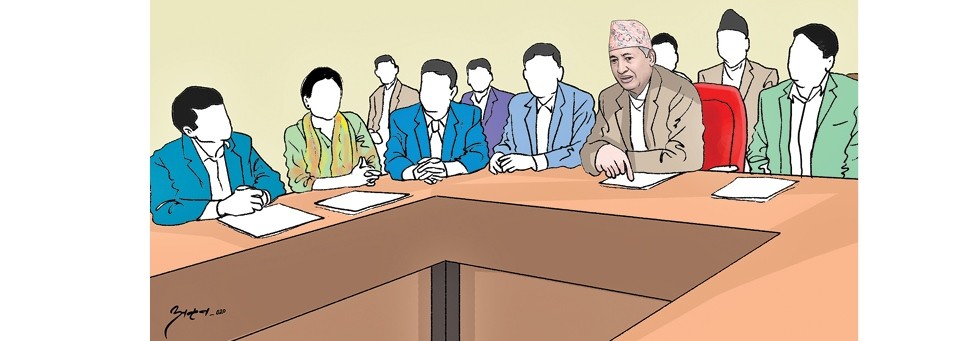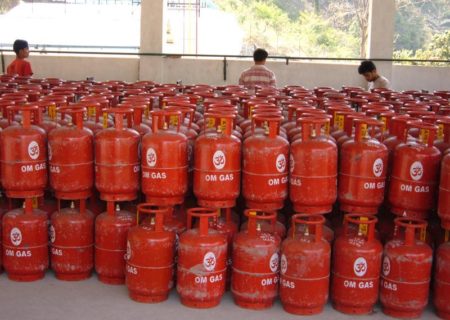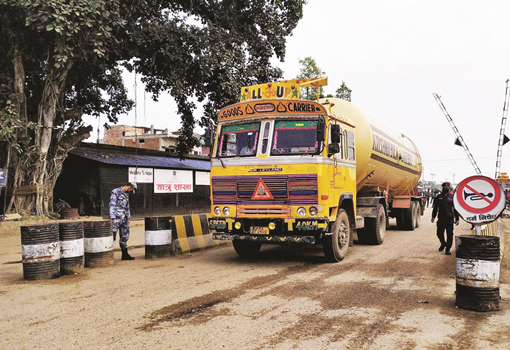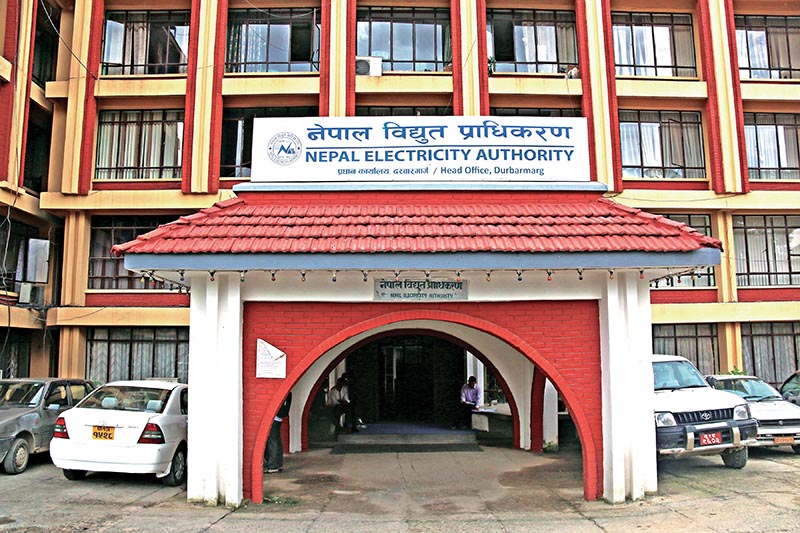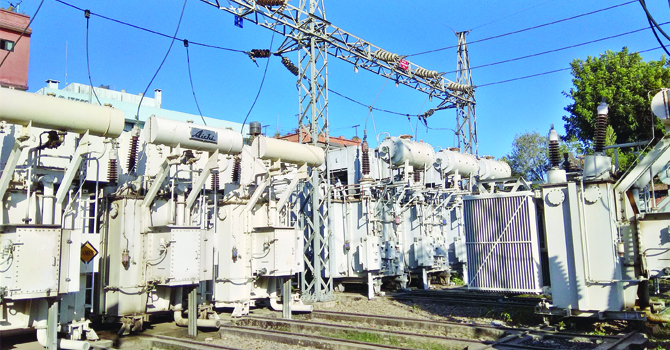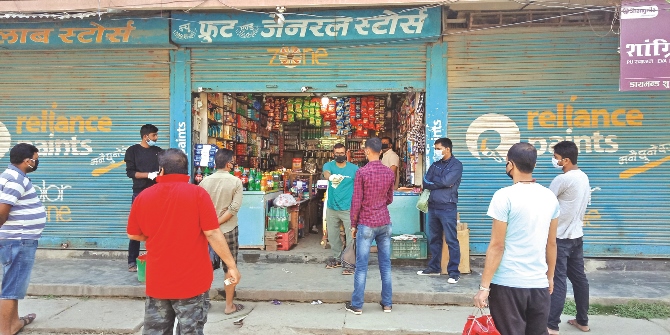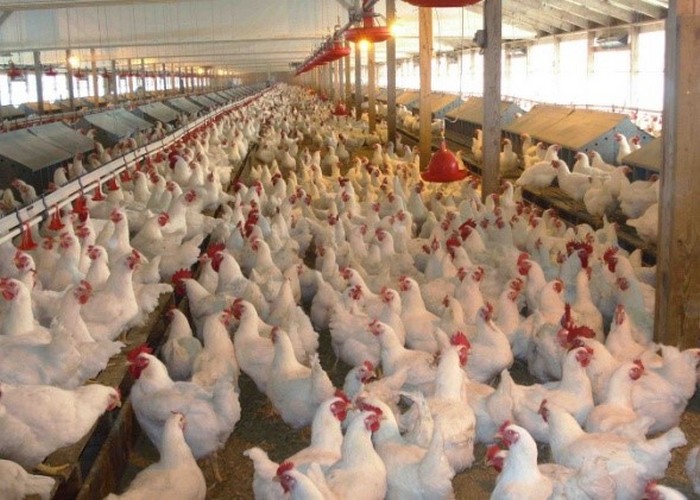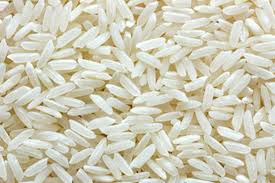Milk consumption gains momentum
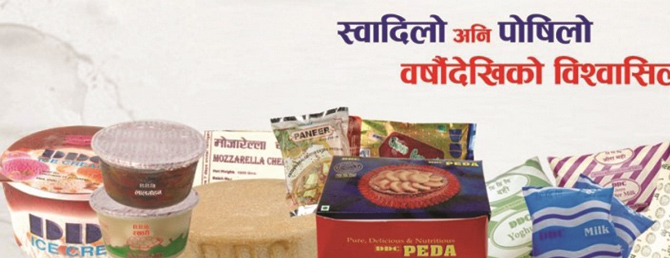
By Laxman Kafle
Kathmandu, Dec. 13: Milk, which had seen a plunge in consumption during COVID-19 restrictions, is finally starting to regain its market.
Recording a drop of 30 per cent during the lockdown, milk consumption has seen an uptick after a 60 per cent increase in sales, said entrepreneurs.
The daily supply of milk through the formal channel has reached around 500,000 litres now, when previously it had dropped to 250,000-300,000 litres, as per Radha Krishna Sapkota, chairman of Nepal Dairy Association (NDA).
Under normal circumstances, the supply of milk through the formal channel was 800,000 litres daily across the country.
While milk consumption is gradually gaining pace, it hasn’t been able to strike back as desired because hotels, restaurants and party venues continue to remain shut, informed Chairperson Sapkota.
He expressed his hope that milk sales will fully recover after restaurants, hotels and party palaces start running smoothly.
Rudra Prasad Poudel, General Manager of Dairy Development Corporation (DDC), said that the demand for milk at the household consumption reached to average levels.
Milk consumption at restaurants, hotels and party venues accounted for around 25 per cent of the total milk demands, he said.
The supply of purified milk by the DDC across the country has now hit the 110,000 litres mark, which had dropped to 70,000 litres during lockdown, stated GM Poudel.
While the DDC was supplying 60,000 litres before Tihar, currently it is supplying around 78,000 litres of milk in Kathmandu Valley on a daily basis.
The market share of DDC and private dairies in Kathmandu Valley is 35 per cent and 65 per cent respectively.
He said that the DDC was working with a target to sell around 110,000 litres inside the Kathmandu Valley daily.
About 15 tonnes of DDC’s ghee exported
Ghee produced by DDC started being exported to Japan since the onset of COVID-19, and has so far 15 tonnes have been supplied, said Poudel.
Japanese traders used to buy ghee by contacting Nepali traders, he said, adding that around 4-5 tonnes of ghee is being exported every month.
He said that the Japanese traders came to Nepal and inspected the DDC factory and the production process and quality.
After the Department of Food, Technology and Quality Control certified the quality, Japanese traders became ready to import the ghee.
Stating that DDC’s ghee had become famous among the Japanese consumers, he said that the demand is likely to increase in the days to come.
“We are in a position to supply around 100 tonnes of ghee if we receive such order from the importers,” he told The Rising Nepal.
He said that this might be the first instance of commercial export of DDC’s ghee.
Recent News

Do not make expressions casting dout on election: EC
14 Apr, 2022
CM Bhatta says may New Year 2079 BS inspire positive thinking
14 Apr, 2022
Three new cases, 44 recoveries in 24 hours
14 Apr, 2022
689 climbers of 84 teams so far acquire permits for climbing various peaks this spring season
14 Apr, 2022
How the rising cost of living crisis is impacting Nepal
14 Apr, 2022
US military confirms an interstellar meteor collided with Earth
14 Apr, 2022
Valneva Covid vaccine approved for use in UK
14 Apr, 2022
Chair Prachanda highlights need of unity among Maoist, Communist forces
14 Apr, 2022
Ranbir Kapoor and Alia Bhatt: Bollywood toasts star couple on wedding
14 Apr, 2022
President Bhandari confers decorations (Photo Feature)
14 Apr, 2022


